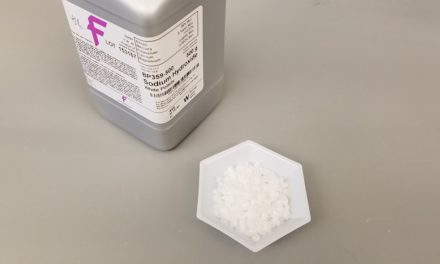

- MAGNESIUM CARBONATE NIST WEBOOK HOW TO
- MAGNESIUM CARBONATE NIST WEBOOK SKIN
- MAGNESIUM CARBONATE NIST WEBOOK FULL
- MAGNESIUM CARBONATE NIST WEBOOK CODE
Link to FDA Code of Federal Regulations for Zinc CarbonateĬalcium Carbonate, Magnesium Carbonate, Potassium Carbonate and Zinc Cabonate may be used in cosmetics and personal care products marketed in Europe according to the general provisions of the Cosmetics Regulation of the European Union. Link to FDA Code of Federal Regulations for Potassium Carbonate Link to FDA Code of Federal Regulations for Magnesium Carbonate Link to FDA Code of Federal Regulations for Calcium Carbonate This deferral of review is according to the provisions of the CIR Procedures.

The Cosmetic Ingredient Review (CIR) Expert Panel has deferred evaluation of these ingredients because the safety has been assessed by FDA. This ingredient is not an approved colorant for the US. Calcium Cabonate is an FDA approved color additive for use in drugs. Magnesium Carbonate is a basic dehydrated magnesium carbonate or a normal hydratedmagnesium carbonate.
MAGNESIUM CARBONATE NIST WEBOOK SKIN
Zinc Carbonate is approved for use in OTC skin protectant drug products at concentrations of 0.2 to 2%. Calcium Carbonate and Magnesium Carbonate are FDA approved as active ingredients in Over-the-Counter (OTC) antacid drug products. The Food and Drug Administration (FDA) includes Calcium Carbonate, Magnesium Carbonate and Potassium Carbonate on its list of direct food substances affirmed as Generally Recognized as Safe ( GRAS ).

MAGNESIUM CARBONATE NIST WEBOOK FULL
Please note that if you are purchasing a full bag of magnesium carbonate, it comes standard in 55 lb. When used in larger quantities, magnesium carbonate produces a dry, opaque surface in glazes.
MAGNESIUM CARBONATE NIST WEBOOK HOW TO
Sunscreens: How to Read a Label, Expert Tips, etc. This chemical imparts strength and color, with very little shrinkage.Colognes, Perfumes, and Fragrance Mists.Thermochemical properties of selected substances at 298. Allotropes of an element other than the standard state generally have non-zero standard enthalpies of formation.Įxamples: standard enthalpies of formation at 25 ☌ Elements in their standard states make no contribution to the enthalpy calculations for the reaction, since the enthalpy of an element in its standard state is zero.The change in enthalpy for a reaction can be calculated from the enthalpies of formation of the reactants and the products.When the balanced equation for a reaction is multiplied by an integer, the corresponding value of Δ H must be multiplied by that integer as well.When a reaction is reversed, the magnitude of Δ H stays the same, but the sign changes.Key concepts for doing enthalpy calculations įor example, the standard enthalpy of formation of carbon dioxide would be the enthalpy of the following reaction under the above conditions:Ĭ ( s, graphite ) + O 2 ( g ) ⟶ CO 2 ( g ). One exception is phosphorus, for which the most stable form at 1 bar is black phosphorus, but white phosphorus is chosen as the standard reference state for zero enthalpy of formation. For an element: the form in which the element is most stable under 1 bar of pressure.For a pure substance or a solvent in a condensed state (a liquid or a solid): the standard state is the pure liquid or solid under a pressure of 1 bar.For a gaseous or solid solute present in a diluted ideal solution: the hypothetical state of concentration of the solute of exactly one mole per liter (1 M) at a pressure of 1 bar extrapolated from infinite dilution.For a gas: the hypothetical state it would have assuming it obeyed the ideal gas equation at a pressure of 1 bar.The superscript Plimsoll on this symbol indicates that the process has occurred under standard conditions at the specified temperature (usually 25 ☌ or 298.15 K). The standard pressure value p ⦵ = 10 5 Pa (= 100 kPa = 1 bar) is recommended by IUPAC, although prior to 1982 the value 1.00 atm (101.325 kPa) was used. In chemistry and thermodynamics, the standard enthalpy of formation or standard heat of formation of a compound is the change of enthalpy during the formation of 1 mole of the substance from its constituent elements, with all substances in their standard states. Change of enthalpy during the formation of a compound from its elements Applies to magnesium carbonate: compounding powder, oral capsule, oral liquid, oral suspension General Symptoms of magnesium toxicity include hypotension, nausea, vomiting, facial flushing, urinary retention, ileus, depression, and lethargy, which may progress to muscle weakness, dyspnea, extreme hypotension, arrhythmia, and cardiac arrest.


 0 kommentar(er)
0 kommentar(er)
